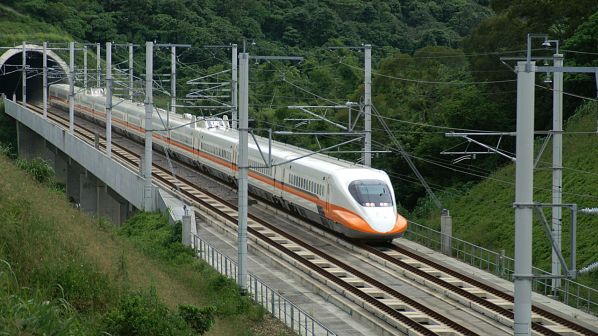Construction of the 56.4km high-speed line is expected to be completed by 2030. The line will run from Taipei’s Nangang station to the north eastern coastal city of Yilan, and will includes around 11.4km of tunnels.
An additional interchange with conventional rail services at the existing Pingxi station, New Taipei, has been proposed by Mr Hou You-yi, the mayor of New Taipei. However, this proposal is not yet confirmed.
The alignment, known as Proposal A, was the longest of three options proposed during the process, and was selected following concerns about the potential impact of the two alternatives on the water quality of the nearby Feicui Reservoir.
Under the alternative proposals, the line would have crossed the reservoir’s water table, potentially risking contamination to a key water source for the Greater Taipei area. The approved route bypasses the reservoir entirely.
Proposal B, which was 54.1km long, would have included a 3.8km section across the reservoir. Proposal C was 45km long, with a 11.6km section crossing the reservoir.
Despite being the longest of the three proposals, the MOTC says that journey times on the selected alignment will only be between 30 seconds and a minute longer than the proposed alternatives.
The line is intended to provide an additional travel option between Taipei and eastern Taiwan, and to address congestion on existing road and conventional rail links between Yilan and the capital.
The line would offer travel times between Taipei and Yilan of around 13 minutes, and would serve between 14,400 and 18,000 passengers an hour.
The plans are expected to undergo some adjustments following the route’s approval, and will now be submitted for an environmental impact assessment.
For detailed data on high-speed projects from around the world, subscribe to IRJ Pro.

